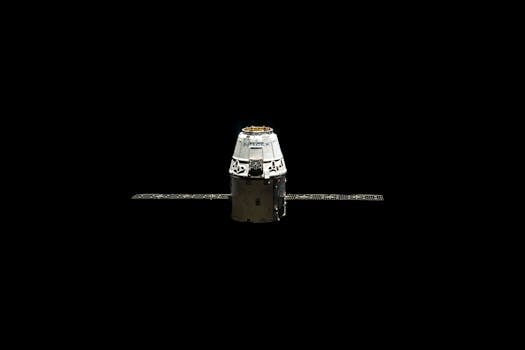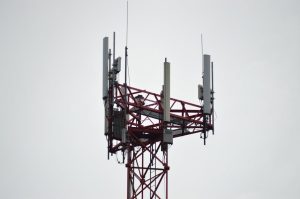
Satellite Development History and Key Milestones: Satellite development
Satellite development has come a long way since the launch of the first artificial satellite, Sputnik 1, in 1957. The history of satellite development is a fascinating story of innovation, experimentation, and exploration. In this article, we will delve into the key milestones of satellite development and explore how it has shaped the world we live in today.
The concept of satellite development began in the early 20th century, when scientists and engineers started exploring the possibility of launching objects into space. One of the pioneers of satellite development was Konstantin Tsiolkovsky, a Russian scientist who proposed the idea of using rockets to launch satellites into orbit. However, it wasn’t until the 1950s that the technology to launch satellites became available.
The launch of Sputnik 1 on October 4, 1957, marked the beginning of the satellite era. Sputnik 1 was a small, beach-ball-sized satellite that weighed about 83 kg and carried a simple radio transmitter. The satellite’s primary mission was to test the feasibility of launching an object into space and to gather data on the upper atmosphere. The success of Sputnik 1 sparked a space race between the Soviet Union and the United States, with both countries competing to launch more advanced satellites into space.
Early Satellite Development
In the early years of satellite development, the focus was on launching simple satellites that could gather data on the upper atmosphere and test the feasibility of space exploration. One of the notable early satellites was Explorer 1, launched by the United States on January 31, 1958. Explorer 1 was designed to study the radiation belts around the Earth and discovered the Van Allen Radiation Belt, a region of intense radiation that surrounds the Earth.
Another significant early satellite was Tiros 1, launched by the United States on April 1, 1960. Tiros 1 was the first weather satellite, designed to study the Earth’s weather patterns and provide data for weather forecasting. The success of Tiros 1 led to the development of more advanced weather satellites, which have become essential for modern weather forecasting.
Advances in Satellite Technology
The 1960s and 1970s saw significant advances in satellite technology, with the development of more powerful rockets and more sophisticated satellite designs. One of the notable advancements was the launch of the first geostationary satellite, Syncom 2, on July 26, 1963. Geostationary satellites orbit the Earth at an altitude of about 36,000 km, allowing them to remain stationary relative to a fixed point on the Earth’s surface.
The 1980s saw the introduction of satellite communications, with the launch of the first commercial communications satellite, Intelsat 1, on April 6, 1965. Satellite communications have become essential for modern telecommunications, providing global coverage and enabling international communications.
Modern Satellite Development
Today, satellite development continues to advance, with the focus on launching more sophisticated and powerful satellites into space. One of the notable modern satellites is the Hubble Space Telescope, launched on April 24, 1990. The Hubble Space Telescope is a space-based observatory that has revolutionized our understanding of the universe, providing stunning images and valuable data on the cosmos.
Another significant modern satellite is the International Space Station, launched on November 20, 1998. The International Space Station is a habitable artificial satellite that orbits the Earth at an altitude of about 400 km, providing a platform for scientific research and experimentation.
In conclusion, the history of satellite development is a fascinating story of innovation and exploration. From the launch of the first artificial satellite, Sputnik 1, to modern-day satellite technology, satellite development has come a long way. Satellites have become essential for modern telecommunications, weather forecasting, and scientific research, and will continue to play a vital role in shaping the world we live in today.





